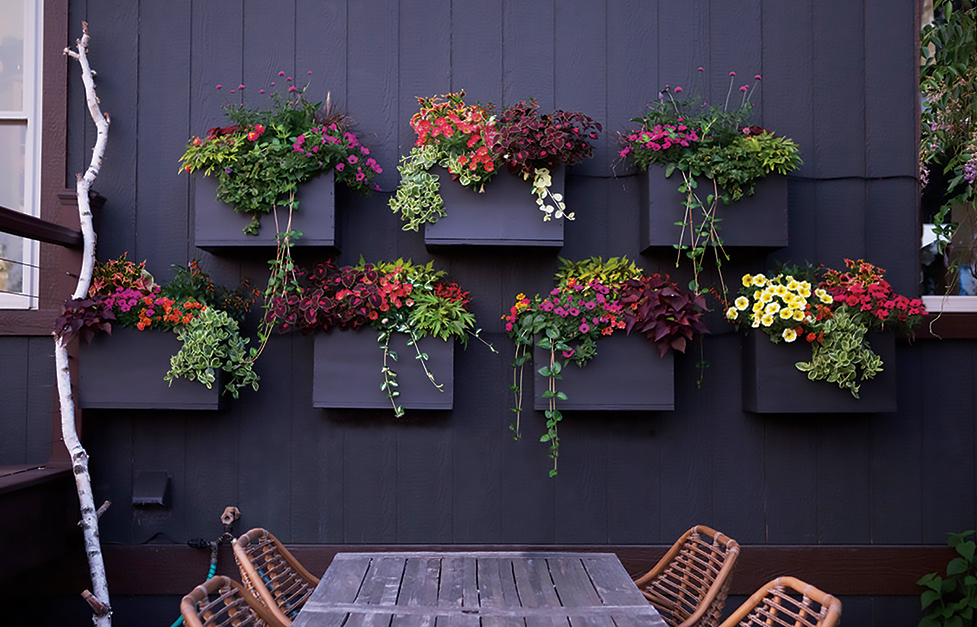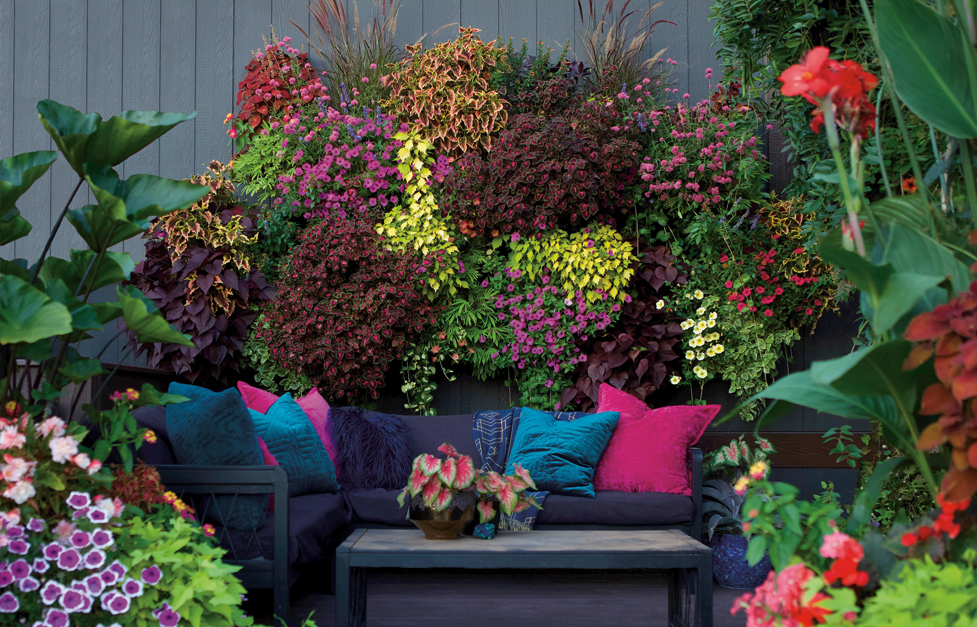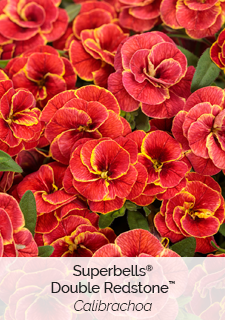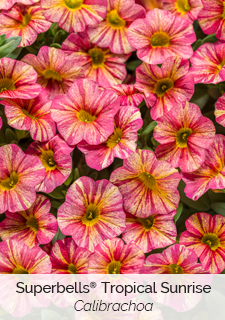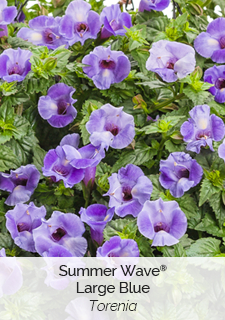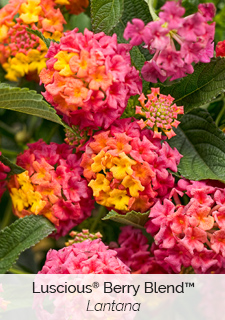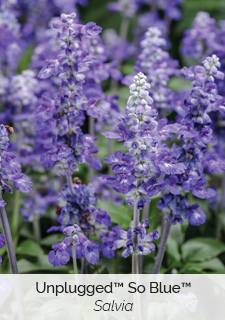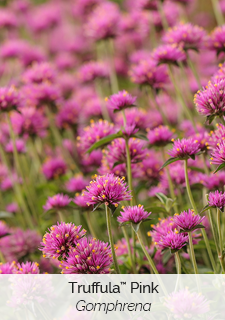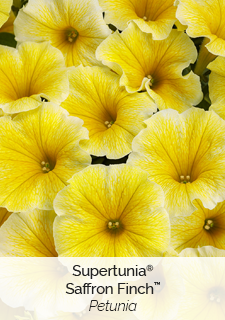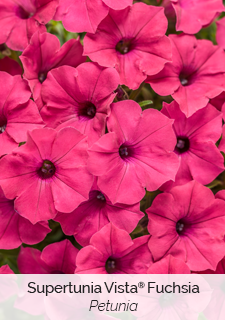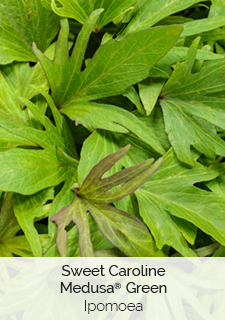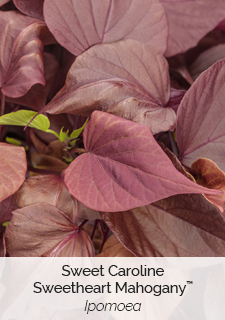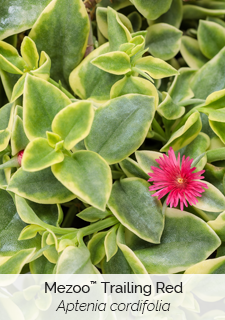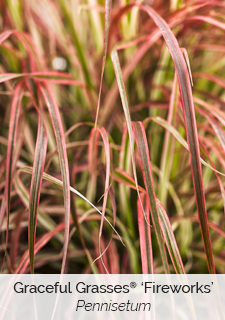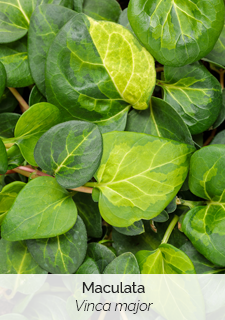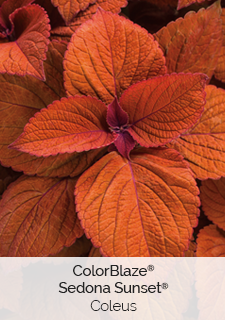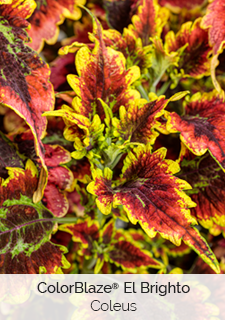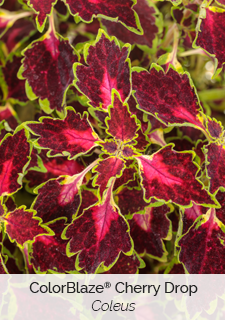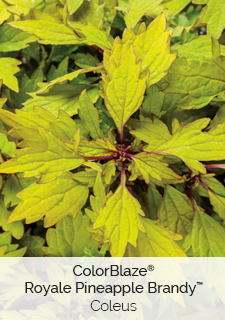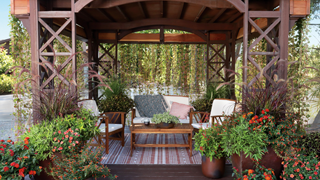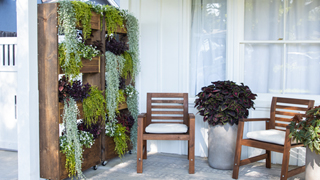Choosing the Right Container
There are many wall-mounting containers out there available to purchase, but Casey and her husband chose to custom-build extra-deep window boxes to make extra soil and root space for their plants, since Casey describes herself as an ‘over-stuffer’ and loves to over-plant her containers for a dramatic, tropical effect. If you buy standard-size window boxes for this project, be sure to choose tough, low-water use plants.
Drip Irrigation
No matter what containers and plants you choose, installing a water-efficient drip irrigation system like WaterWise® will help your plants thrive in a window box and will save you tons of time and water! Setting your drip irrigation system to run before the heat of the day will give plant roots a good soak before any of the moisture can burn off.
Choosing Plants
Choose mounding or vining plants. Plants that are too tall and have vertical habits can be knocked over by wind and can grow to run into the surrounding containers.
Whether you’re going for a collage of bold colors or something more subdued and symmetrical in design, be sure to check the plant tags for growing information and make sure that your plants are compatible with the location and with one another.
Planting Tips
In her video, Casey went with a maximalist approach and intentionally over-planted the window boxes for a dramatic visual effect, almost like a living wall! If you want to mimic that look, just be sure to provide the plants with extra fertilizer and water since more plants will be competing for resources and space.
Plant Size
Generally, you’ll want to place taller plants against a building or in the back of a container, and shorter, mounding or vining plants towards the front. This will create an attractive tiered effect that leads the eye and ensures that all the plants are visible.
Window Box Layout
Casey chose to install her window boxes in two tiers, one above the other, with the intention of creating the look of a living wall once the plants have grown in later in the season.

